-
CATEGORY ::
- All Seeds /
- All Flower Seeds /
- All Physalis Seeds



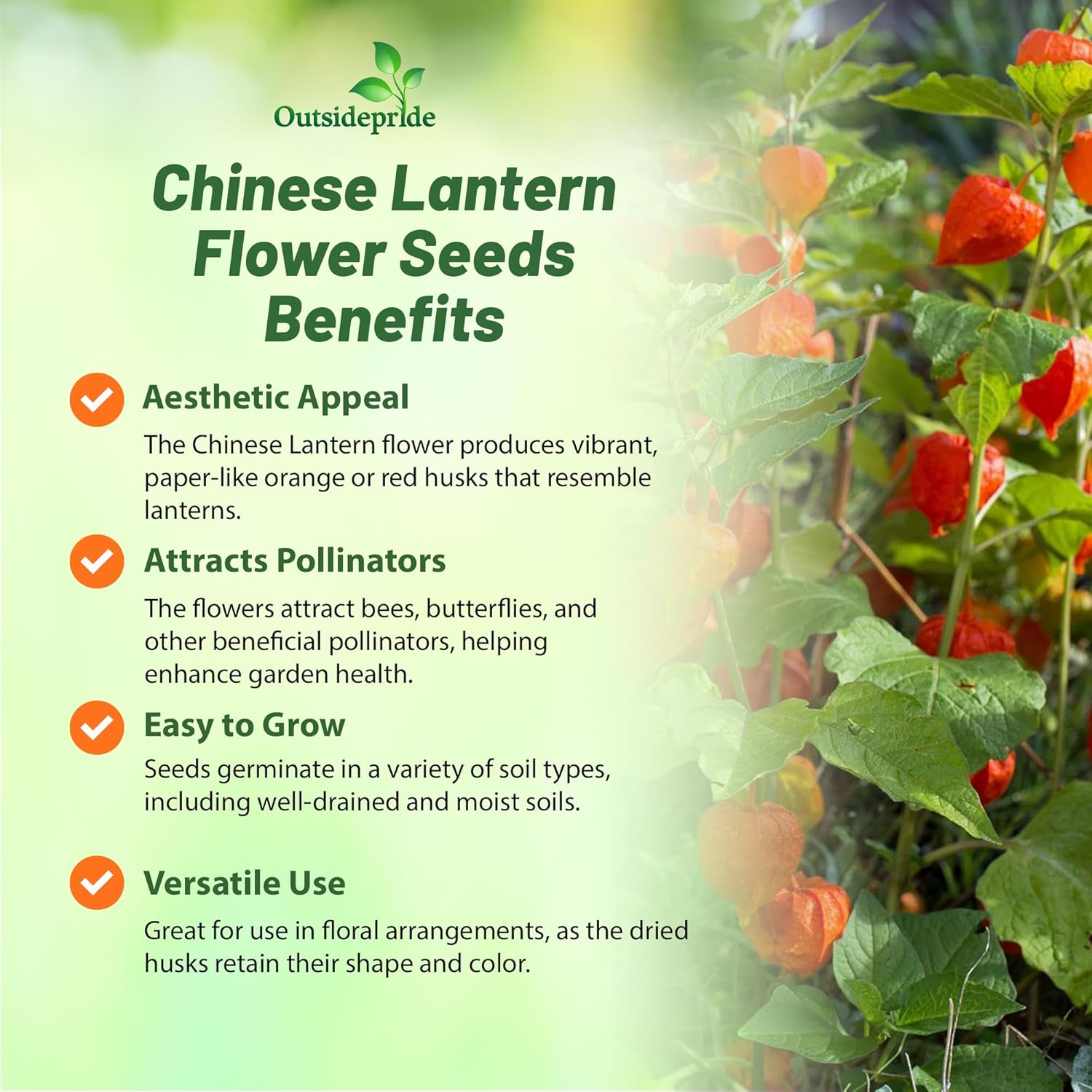
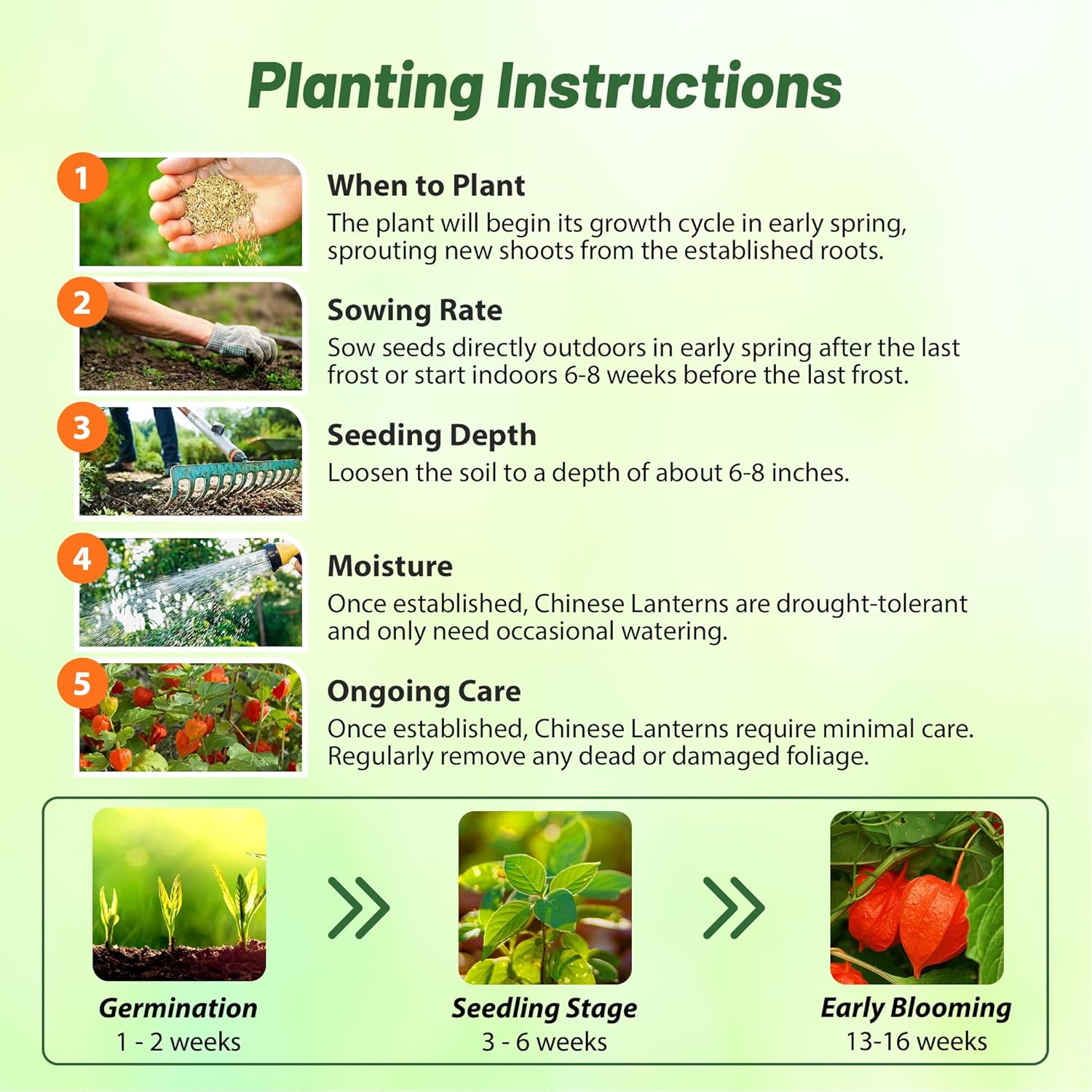



Chinese Lantern Seeds
About...
Chinese Lantern (Physalis Alkekengi) - Chinese Lantern flower seed produces an ornamental flower that has an orange seed pod that looks like glowing orange paper lanterns. Physalis Alkekengi perennial plants have white flowers in the summer that will be replaced by green seed pods that will eventually turn orange or red in the early fall.
MORE PHYSALIS OPTIONS
Planting Directions
TEMPERATURE
65F
AVERAGE GERM TIME
14 - 28 days
LIGHT REQUIRED
Yes
DEPTH
1/16 inch
SOWING RATE
3 seeds per plant
MOISTURE
Keep moist until germination
PLANT SPACING
24 inches

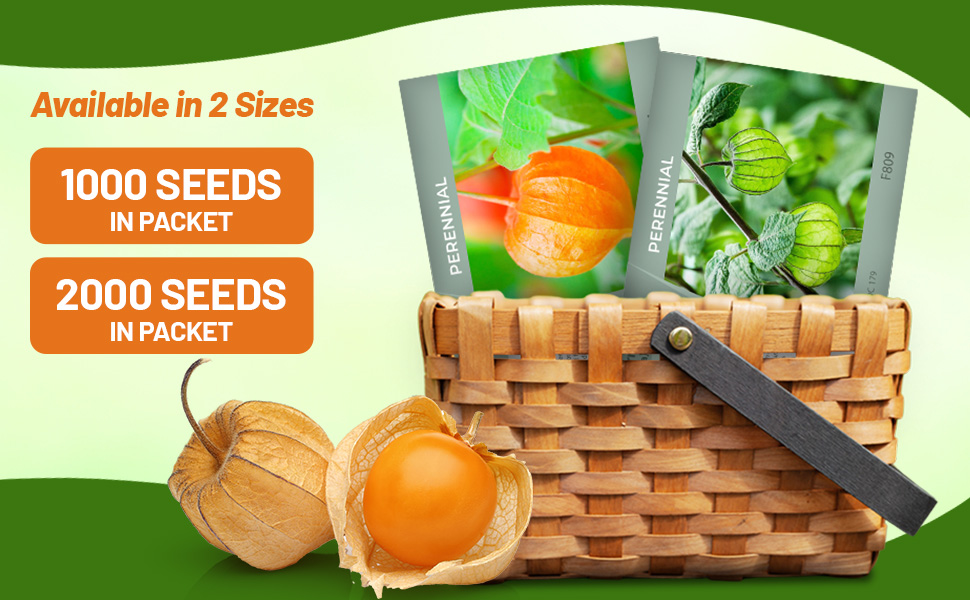
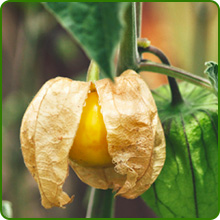
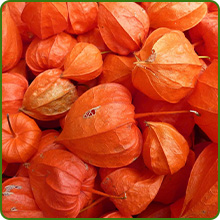
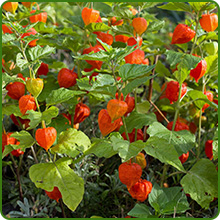
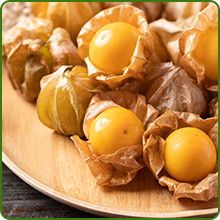
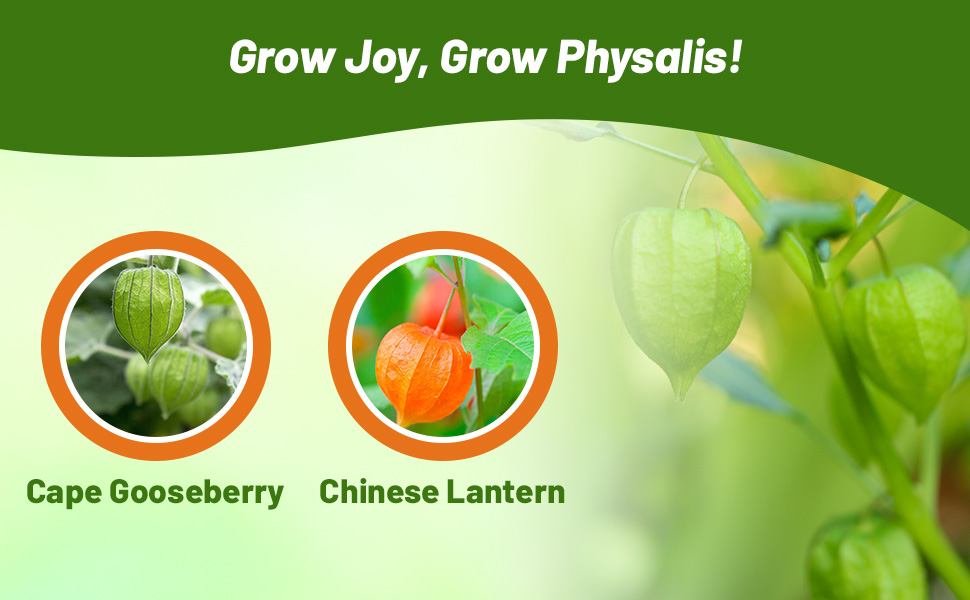
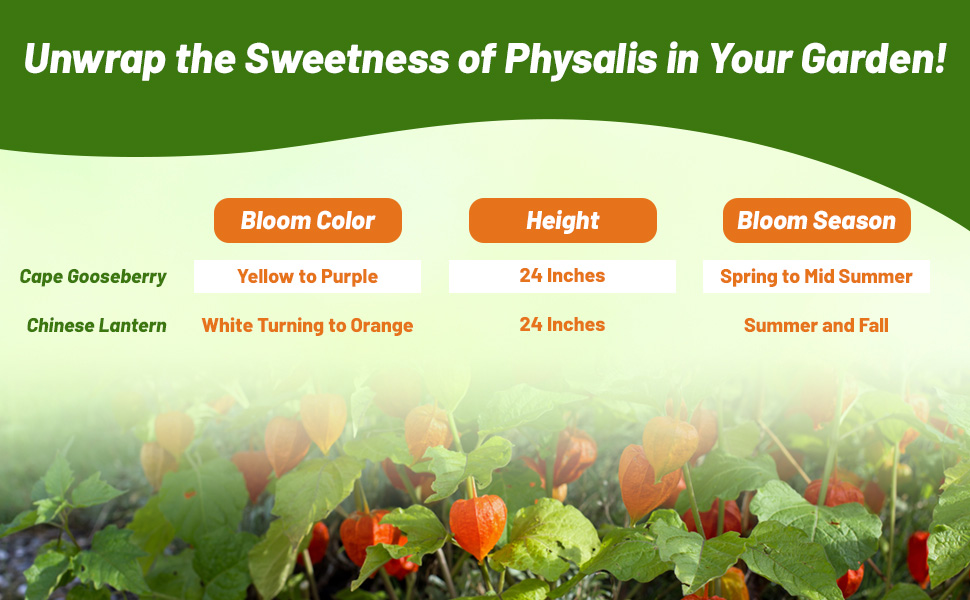
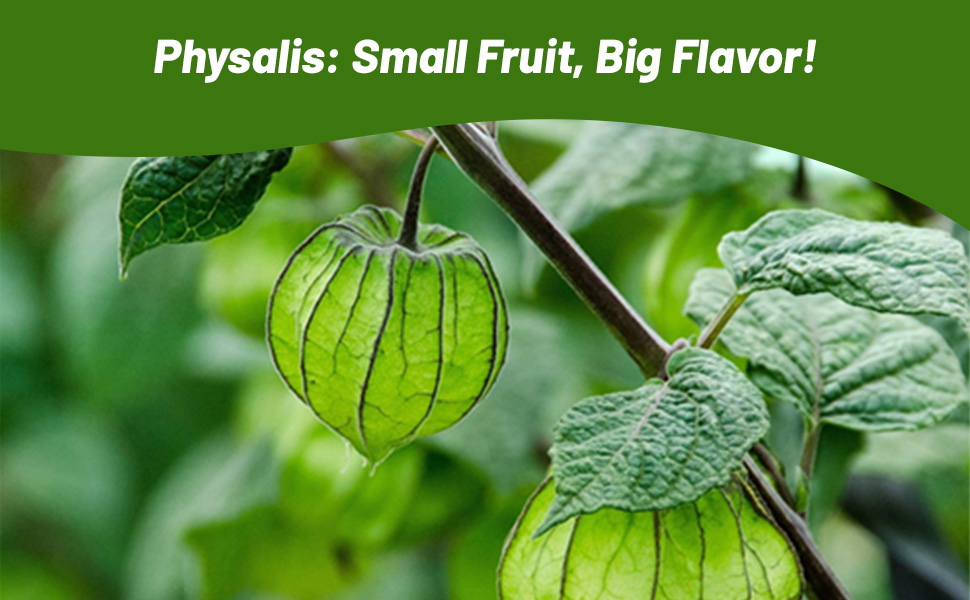
Chinese Lantern (Physalis Alkekengi) - Chinese Lantern flower seed produces an ornamental flower that has an orange seed pod that looks like glowing orange paper lanterns. Physalis Alkekengi perennial plants have white flowers in the summer that will be replaced by green seed pods that will eventually turn orange or red in the early fall. Chinese Lantern plants are often grown for drying as the orange seed pods dry well and can also be used in dried floral arrangements. The Chinese Lantern plants are known for their rhizomes which spread. Many gardeners recommend confining its growth so that it does not become too aggressive. Another common name for Chinese Lantern is Strawberry Ground Cherry.
Chinese Lantern seeds can be planted indoors 6 - 8 weeks before in the end of frost season. Using starter trays or small pots, lightly cover the flower seeds with soil. Or, once danger of frost has passed, the Physalis Alkekengi seeds can be started directly outdoors, leaving 24 inches between plants. Keep the flower seeds moist until germination.
Common Questions
Can you grow Chinese lanterns in pots?
Chinese lanterns can thrive in pots if certain conditions are met. Make sure the pot has proper drainage and is spacious enough to accommodate the plant's full size. Keep in mind that these plants can reach heights and widths of 2 to 3 feet, so select a pot that can accommodate their growth.
Are Chinese lanterns hard to grow?
Chinese lantern plants are usually easy to cultivate when given suitable conditions. They thrive in well-draining soil with a pH level ranging from 6.0 to 7.5 and appreciate a sunny to partially shaded spot. Consistent watering and annual pruning are essential for their optimal growth.
Is Physalis alkekengi invasive?
Physalis alkekengi can become invasive in certain environments because of their spreading root system. It's advisable to confine them to a specific garden area or plant them in pots to manage their growth.
Do Chinese lanterns come back every year?
Chinese lantern plants are considered perennial, indicating their ability to come back each year, as long as they are cultivated in suitable conditions and the winters do not exceed their hardiness level.
Can you eat the fruit of a Chinese lantern?
No, It contains solanine, a toxic glycoalkaloid that can lead to poisoning in humans and animals, even in small quantities, and may be deadly. Unlike tomatillos, the Chinese lantern's paper husks turn a vibrant orange as the berries ripen, aiding in plant identification.
Is Chinese lantern a vine?
With a mature height of only two feet, it is not a vine, and it does not require any support.
Planting Directions
TEMPERATURE
75F
AVERAGE GERM TIME
10 - 20 days
LIGHT REQUIRED
Yes
DEPTH
1/16 inch
SOWING RATE
3 seeds per plant
MOISTURE
Keep moist until germination
PLANT SPACING
18 inches

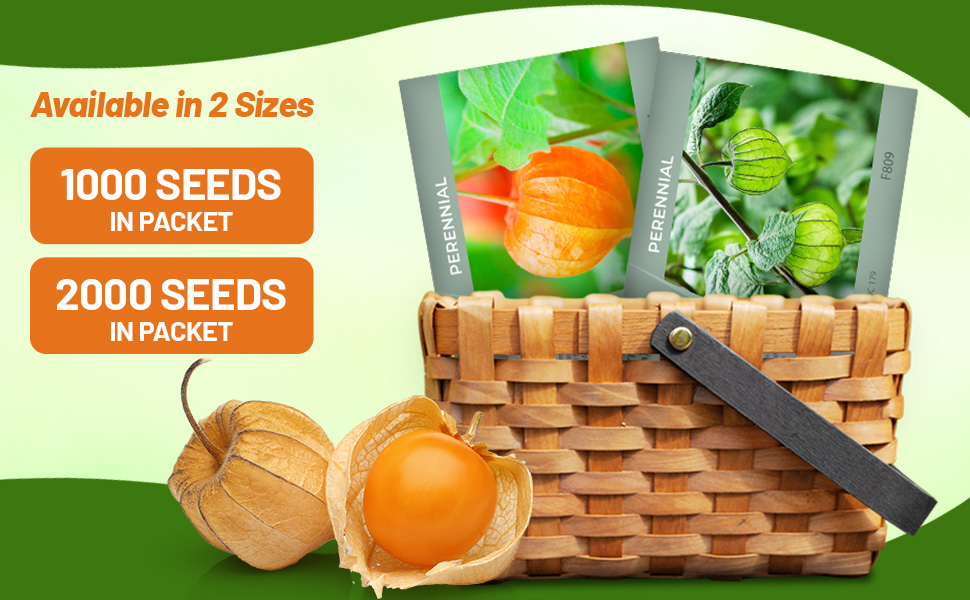
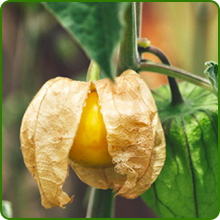
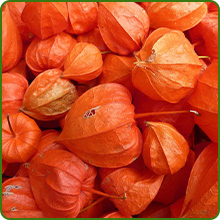
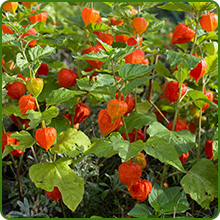
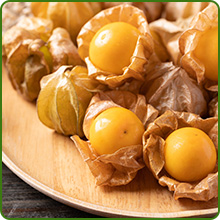
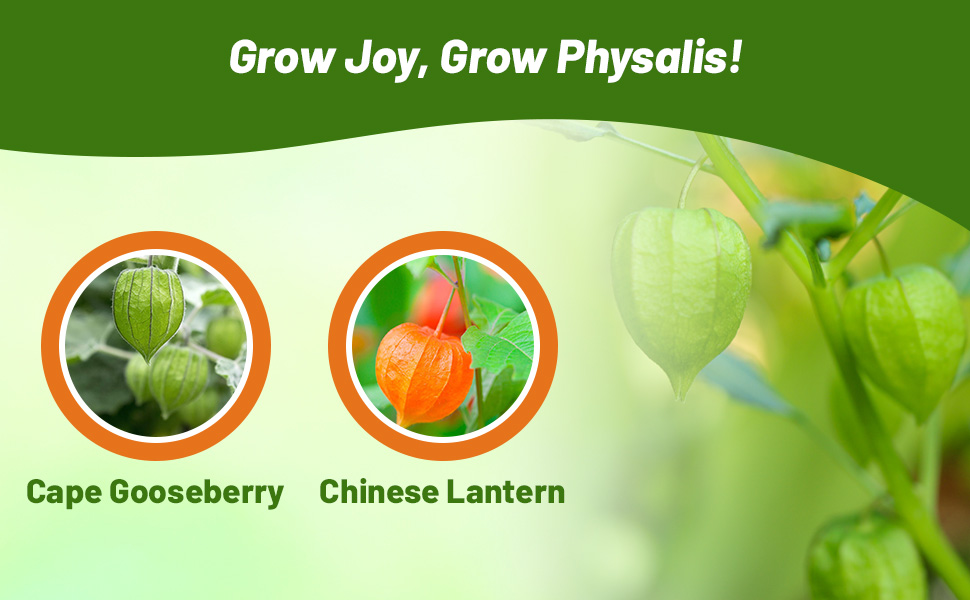
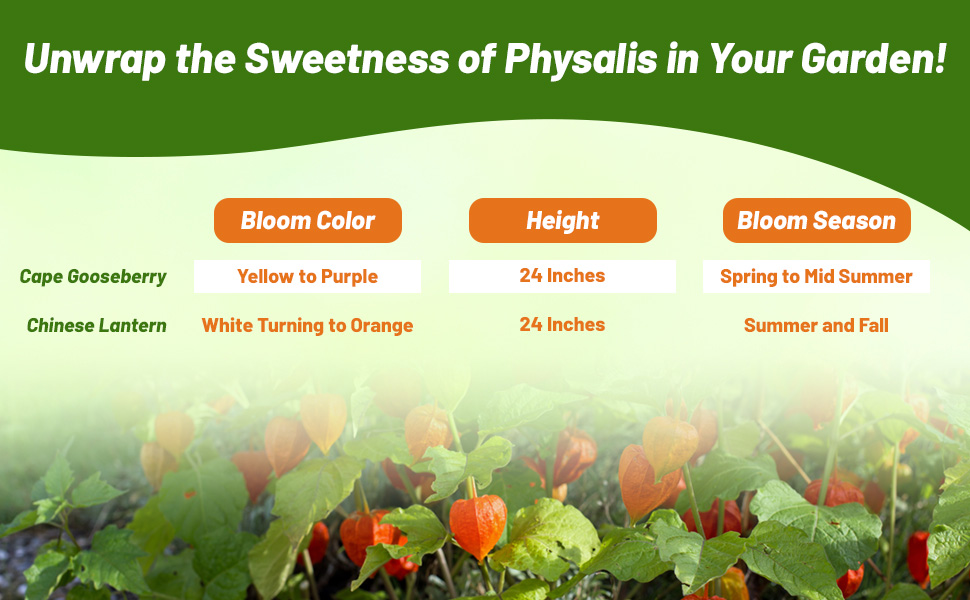
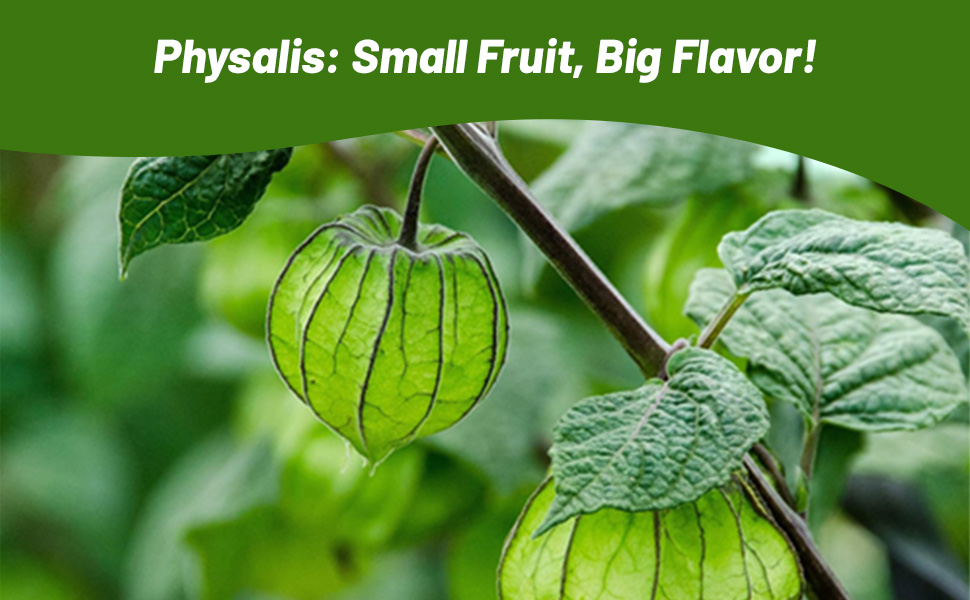
Cape Gooseberry (Physalis Peruviana) - Start Cape Gooseberry seed to grow this perennial plant that produces golden colored berries. Physalis Peruviana, commonly referred to as Cape Gooseberry, grows to approximately 2 feet tall and is is hardy to zone 8 but is frost tender. Cape Gooseberry plants are in flower from July to October, and the seeds ripen from August to November. The flowers are hermaphrodite (have both male and female organs) and are pollinated by bees and wind.
Cape Gooseberry, or also called Goldenberry or Peruvian Ground Cherry, will grow in a wide range of soils from light sandy soils to heavy clay soils. Goldenberry plants prefer soil types that are well-drained. Even if the soil is nutritionally poor, Cape Gooseberry will still grow well, and it prefers acidic soil. Physalis Peruviana is very adaptable and can grow in full sun to partial shade.
Start Cape Gooseberry seeds indoors 6 - 8 weeks before the end of frost season. Cover the seeds with 1/16 inch of soil and keep the Physalis seeds moist. Transplant when temperatures are warm (after tomatoes are set out). The berries will ripen from green to golden yellow when ripe, and they will drop in their husks ready to be collected. Cape Gooseberry is known for its golden yellow, berries. You can use these fruits raw or cooked in pies, cakes, jellies, jams and as a raisin substitute also not as sweet. Goldenberry is considered to have a delicious bitter-sweet flavor.
Common Questions
Do you need to grow two gooseberry bushes to get fruit?
You only need one plant to get fruit, as gooseberries are self-fertile.
How long does it take for a gooseberry bush to bear fruit?
It takes one to three years for the plants to produce berries.
































